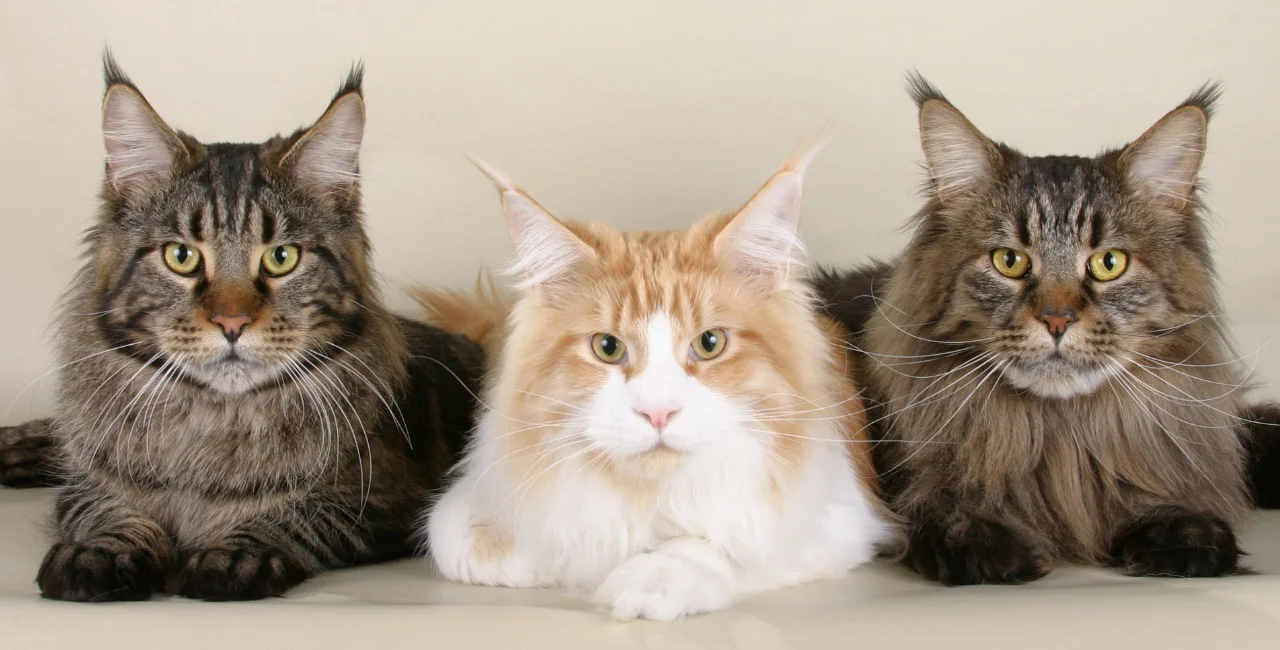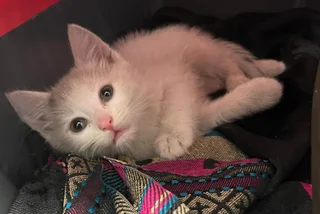Love them or hate them, cats are everywhere – from endless videos on social media to your neighbor’s backyard, soaking up the May sun, and this year's edition of the Met Gala. While many people stick to the “adopt, don’t shop” philosophy, other cat owners prefer certain breeds, which come with their own quirks and charms.
But which breeds are the most popular in Czechia? Let’s have a look at statistics of the Czech Association of Breeders for the year 2022, which revealed the numbers of cats of every breed (keeping in mind that each cat has its own, unique personality).
It’s worth noting that the ranking has been the same since 2016; also, as every cat lover knows, cats have their own personalities, so the characteristics of a breed leave room for individual variations.
Maine Coon 2,426 cats
The “gentle giant,” as this breed is known, takes the crown thanks to its calm and affectionate personality, which some have described as more dog-like than cat-like. The breed originated in the U.S. state of Maine, where it is the official state cat. It is also one of the largest house cats.
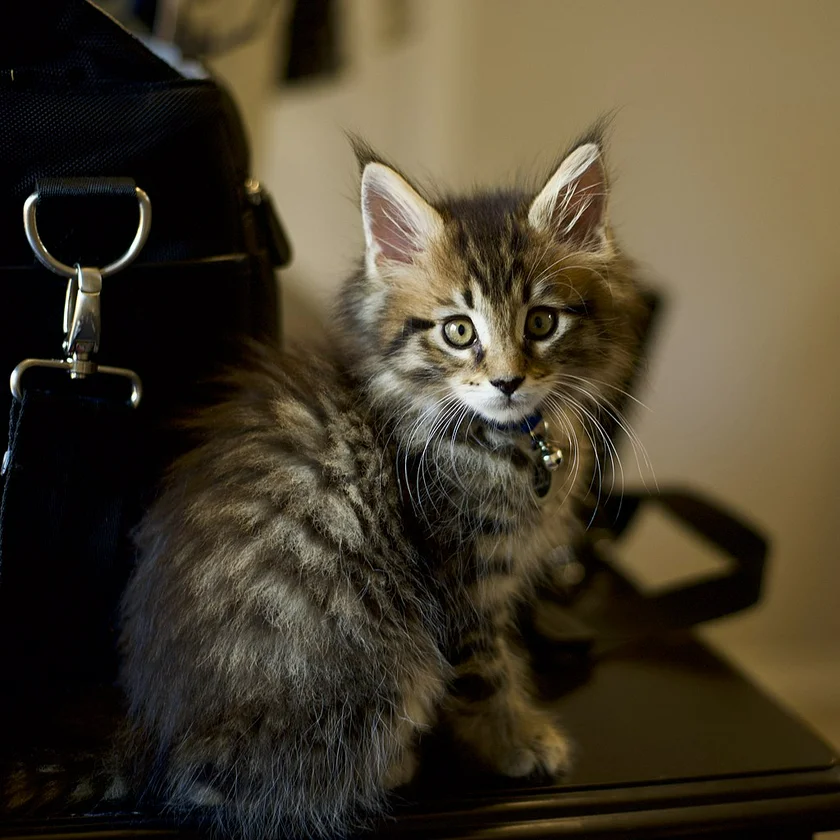
British Shorthair 1,724 cats
The silver medal goes to a cat breed whose friendly personality is also unpretentious, meaning that it doesn’t mind time on its own. Its origins go as far back as the first century AD, which makes it one of the most ancient identifiable cat breeds in the world. The breed served as the inspiration for the illustration of the Cheshire Cat from the original edition of Lewis Carroll’s "Alice in Wonderland."
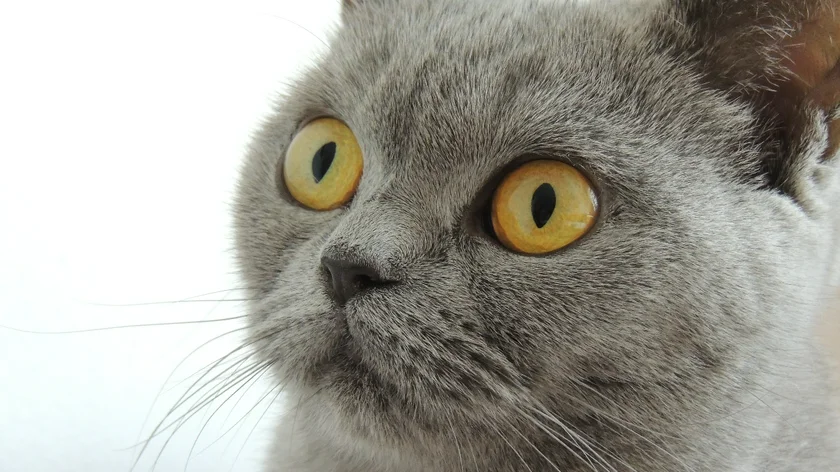
Ragdoll 897
Docile and sweet, Ragdolls are also one of the larger breeds. Developed in the 1960s in California, the breed takes its name from the fact that these cats tend to go limp and relaxed when you pick them up. They frequently have bush dweller temperaments, meaning they prefer being close to the ground (as opposed to tree dwellers, which are cats fond of higher places).
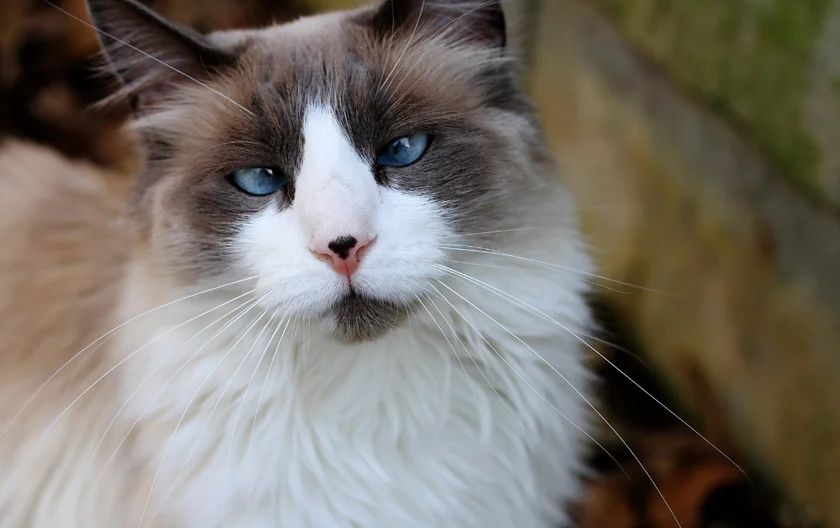
Siberian cat 410 cats
Another large cat breed, the Siberian has a water-repellent coat, making it a landrace breed, a term for breeds that evolve over time in response to their surroundings. You can’t survive those harsh winters in Siberia without a proper winter coat! Intelligent and very playful, they also keep their kitten antics for a couple of years (both a plus and a minus in some cases).
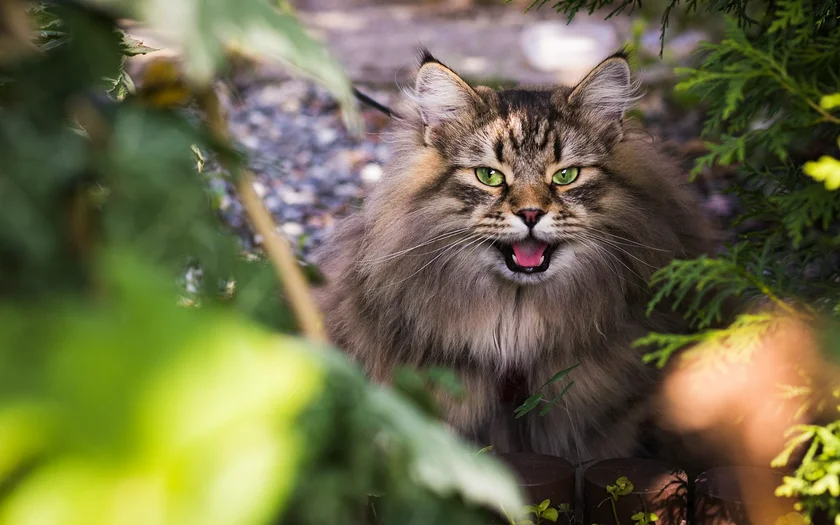
Russian Blue 292 cats
Its standout short, blue-gray coat and green eyes make it hard to forget, and its sociable and vocal nature also makes it hard to ignore. Its origins allegedly go back to the city of Arkhangelsk in Russia, leading to an alternative name of Archangel Blues. From there, sailors likely took them to the UK and Northern Europe in the second half of the 19th century.
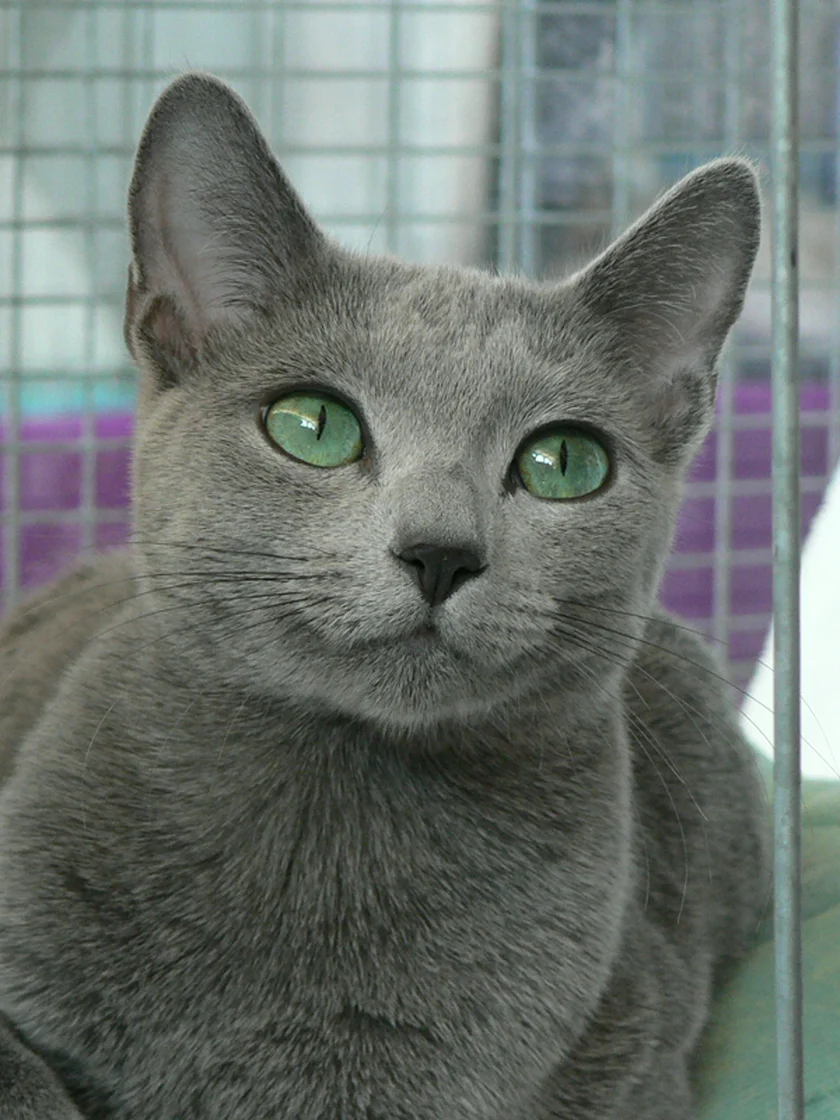
Bengal cat 224 cats
It’s all in the name: this type of cat came into being after U.S. breeders crossed a domestic cat with a wild Bengal cat. Due to their feral ancestors, they tend to be very high-energy, a fact making them slightly unsuitable for apartment life (if you care about your furniture and home decorations).
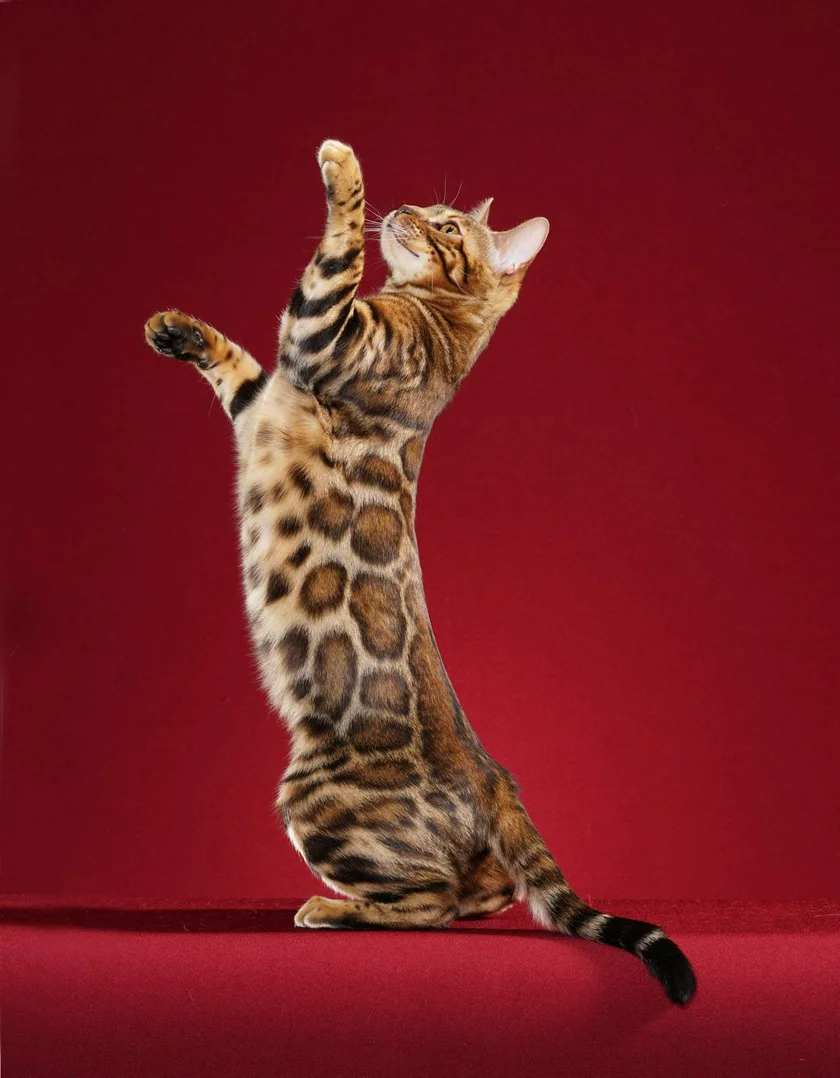
Devon Rex 178 cats
Did you know that certain cats have wavy fur? Devon Rex, which emerged in England during the late 1950s – and was quite rare until about a decade ago – is one of them. Large ears and a slender body add to its distinctive look, while its personality is intelligent, albeit a little on the stubborn side.
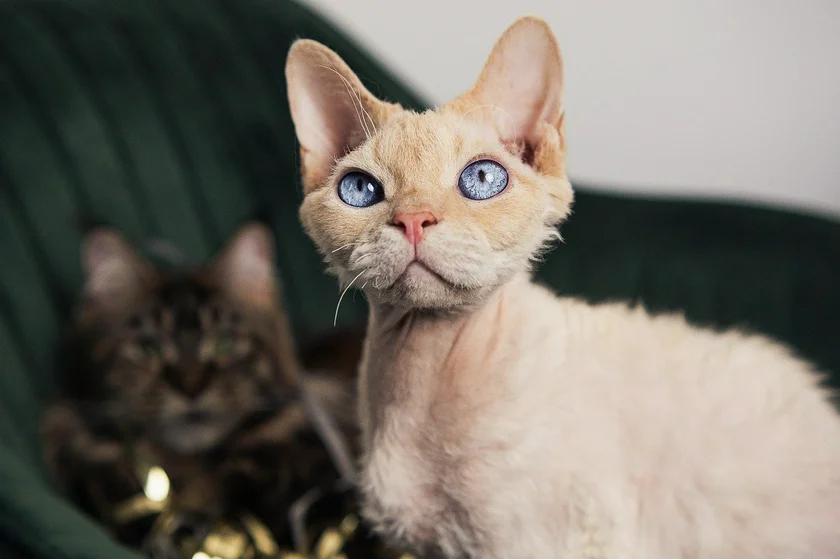
British Longhair 167 cats
The longhaired feline sisters and brothers of the British shorthair are also known as the Britannica in some European countries, and the Lowlander in the U.S. Despite its name, its fur is semi-long, and its temperament is low-key, with a love of taking it easy and relaxing, as you can see in the photo below.
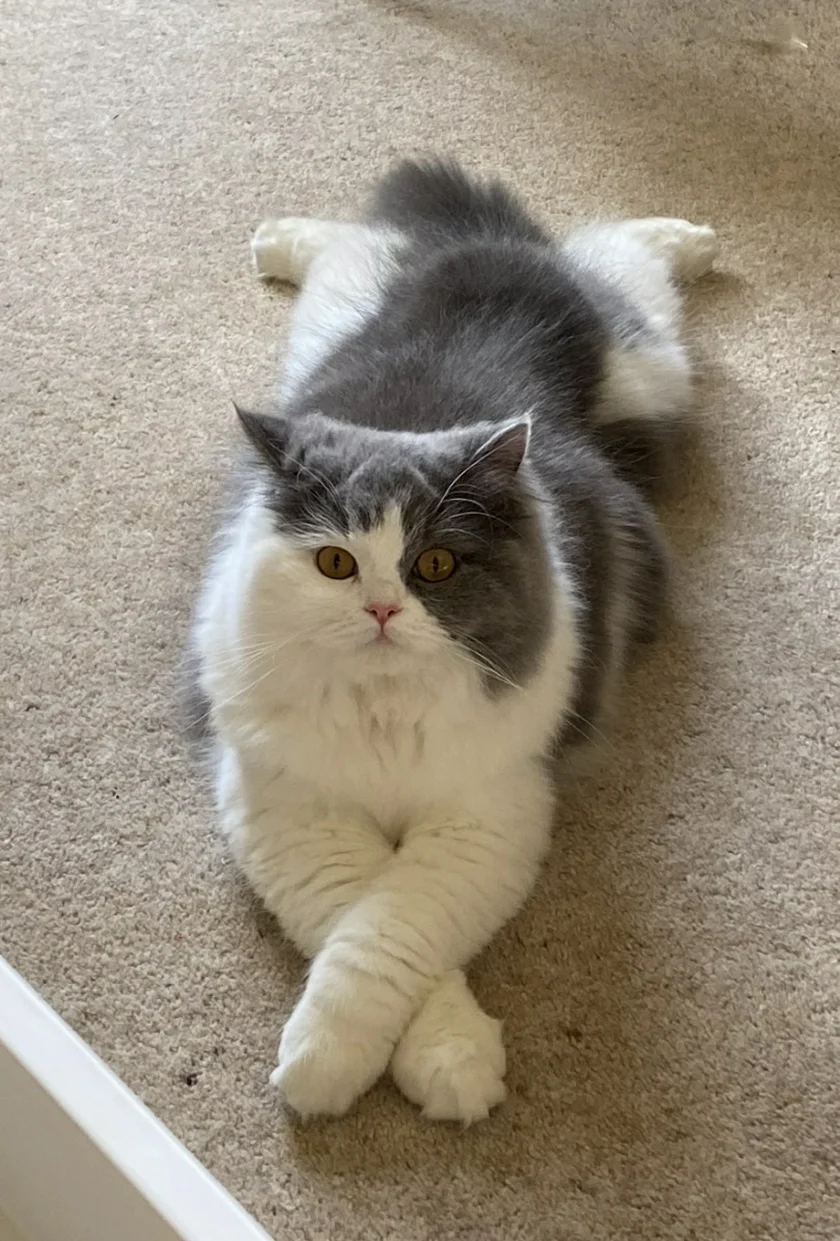
Persian 137 cats
One of the oldest and best-known types, the Persian is a staple of long-haired cats, with a characteristic snub nose. While friendly and good with children, this type of cat also tends to be quite lazy and prefers a nap to lively social situations (just like some humans).
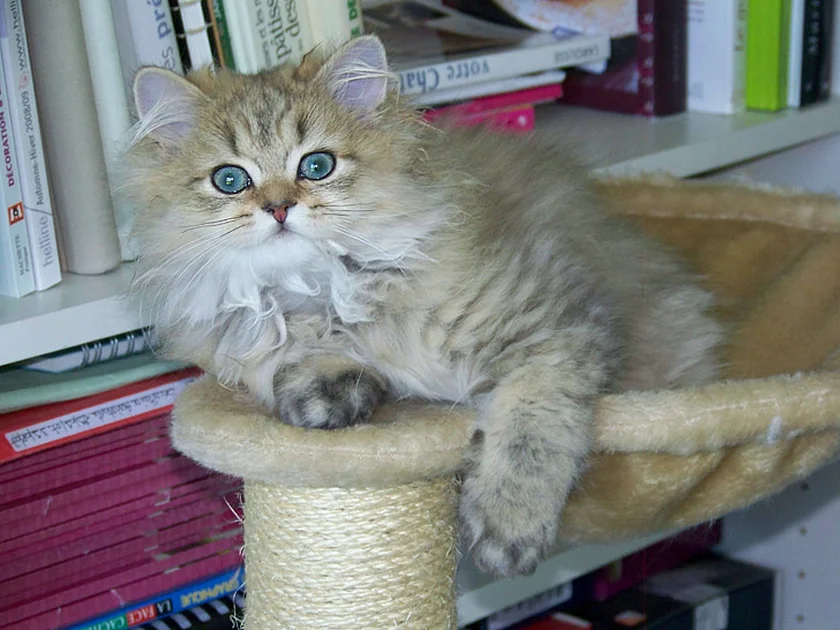
Birman 132 cats
Legend has it that this breed originated in Burma (present-day Myanmar), where it became the companion of priests and a mainstay of local temples. What’s certain is that arrived in France in the early 20th century and almost disappeared as a breed during World War II. Its distinctive marks are symmetrical, pure-white "gloves" on each paw.
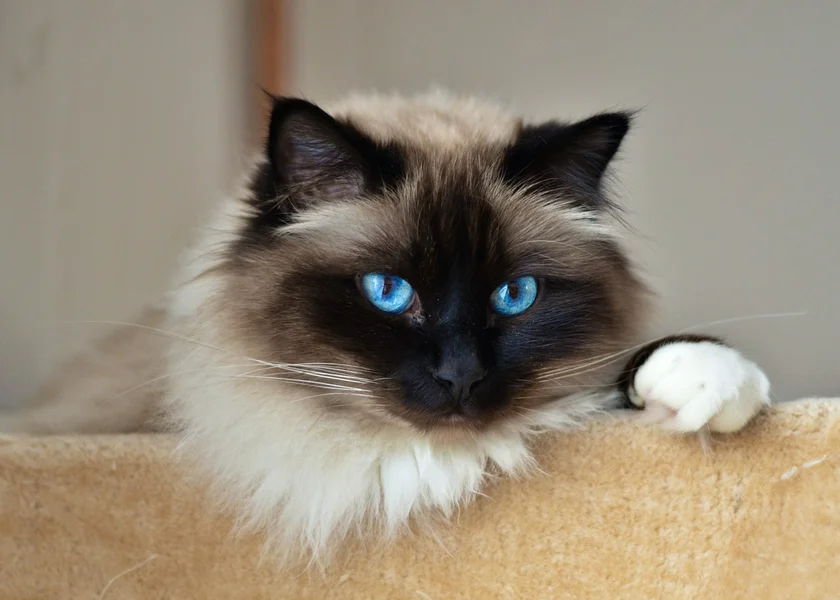












 Reading time: 3 minutes
Reading time: 3 minutes 